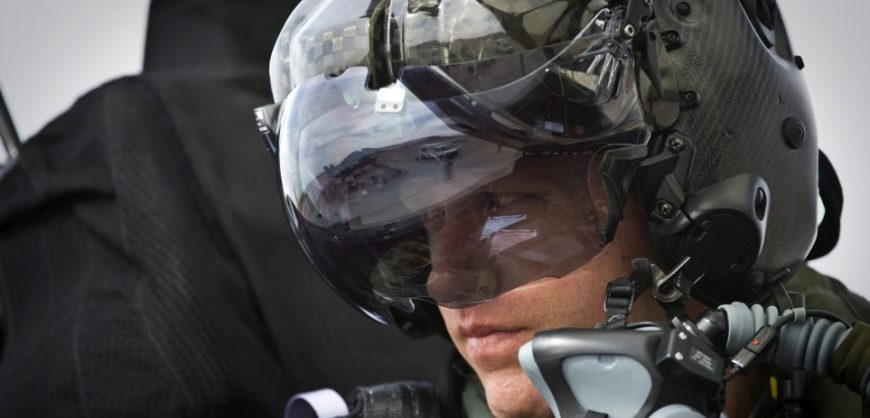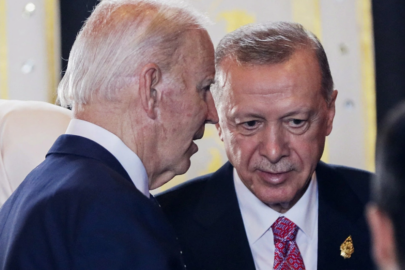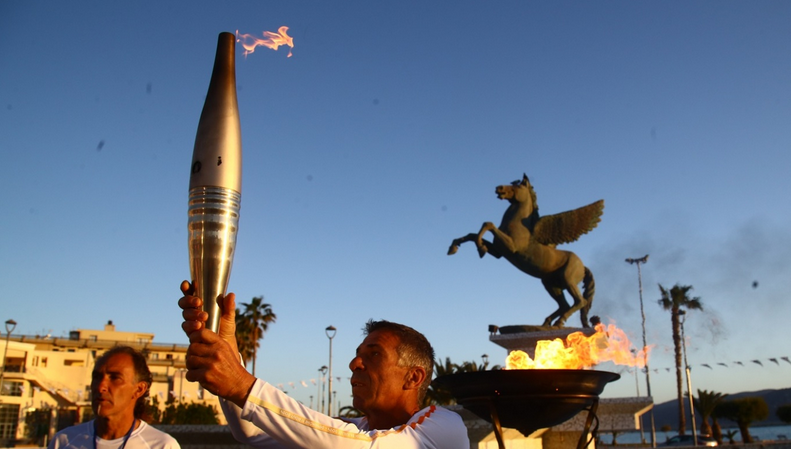If you think it’s hard to make a helmet that costs $400,000 without the liberal use of solid-gold elements or diamond-encrusted details, you don’t know about the F-35 fighter jet.
To go with what is possibly the most expensive and complicated weapon ever designed, a joint venture between defense contractor Rockwell Collins and Elbit Systems of America (RCEVS) designed a pilot helmet so advanced, it’s hard to say whether it’s an accessory for the plane, or the plane is an accessory for the helmet.
The head unit, made with help from Lockheed Martin (which designed the F-35) is way more than a protective shell. Built around a custom-fitted insert based on a 3-D scan of the pilot’s noggin, it combines noise-canceling headphones, night vision, a forehead-mounted computer, and a projector—not so different from the one in your office’s conference room—that displays live video on its clear visor.
“This helmet was designed along with the aircraft itself,” says Major Will Andreotta of the US Air Force. He flew combat missions in Afghanistan in an F-16, and now trains prospective F-35 pilots at Luke Air Force Base in Arizona.
The helmet comes in any color you like, as long as you pick dark green. It weighs four to five pounds, as much as a football helmet. Considering the technology it’s packing, it’s surprisingly light on the head, with the center of gravity comfortably around the ears. The forehead-mounted computer isn’t nearly as hefty as it looks. Still, RCEVS is working to take out another half pound, says Rob McKillip, senior director of fighter and trainer solutions for Rockwell Collins. He says RCEVS hopes to bring down the cost, too, before the Air Force starts deploying the F-35 (the jet should be declared combat ready later this year). “Those improvements might be added incrementally, or as part of a major update.”
The pilot can see through the base and walls of the aircraft, thanks to six cameras mounted outside the F-35. The “Distributed Aperture System” provides a 360-degree view of the plane’s surroundings, stitching together feeds from the corresponding external cameras based on where the pilot’s looking. It labels objects in her field of view with distance, bearing, speed, and altitude. Unsurprisingly cagey on how that works exactly, a Lockheed Martin spokesperson simply said, “There are a number of sensors on the helmet and in the aircraft that allow us to accurately track the precise position of the helmet in space.”
read more at wired.com

































